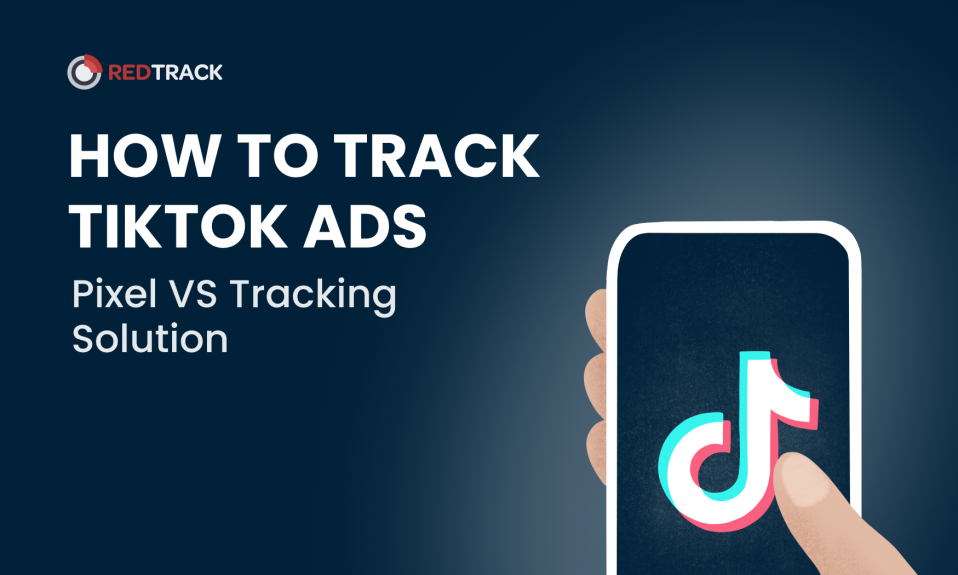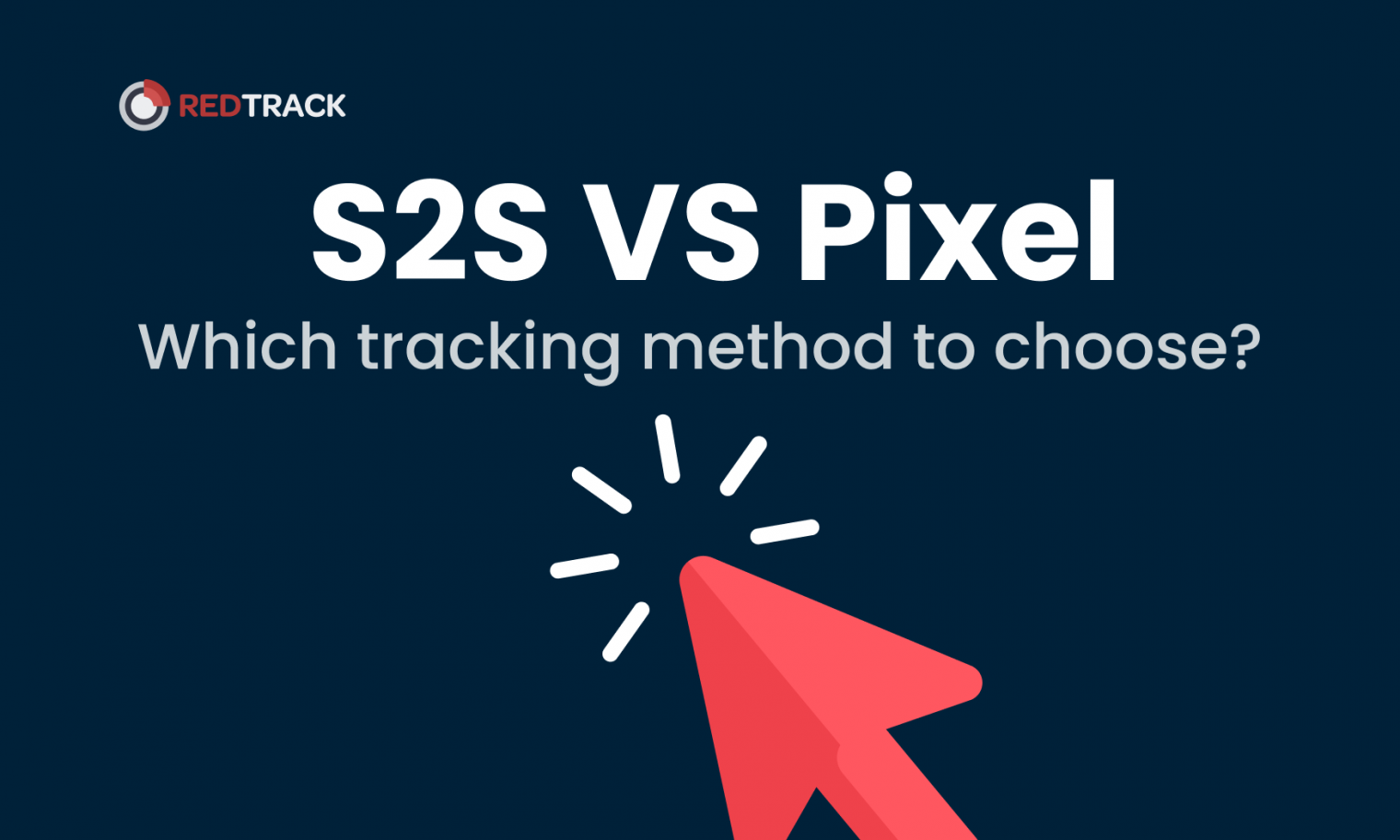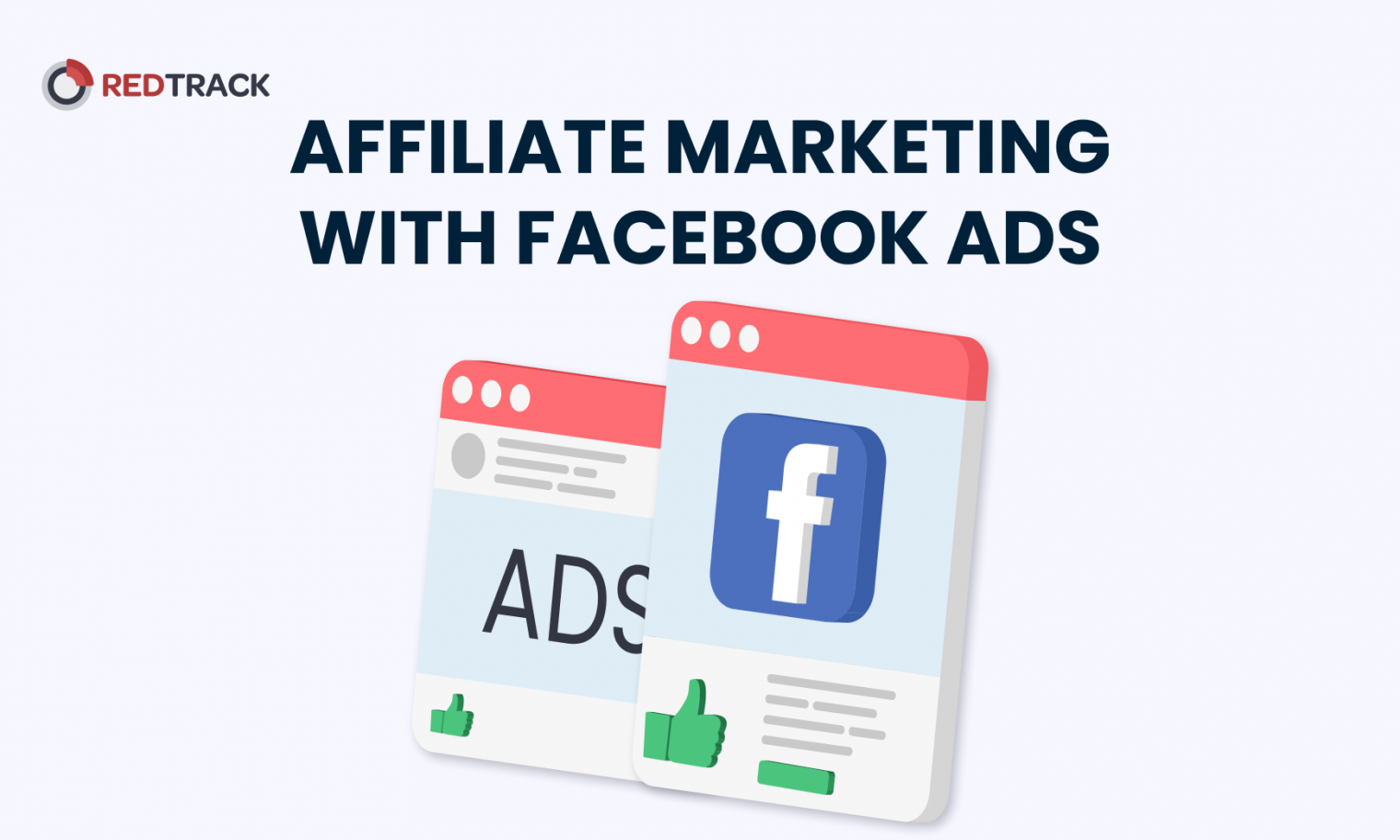
Check our 2-minute video to explore 5 reasons users choose RedTrack as their ad tracking & attribution partner.
CPS, or Cost-Per-Sale, is a focused online advertising payment model. In this model, advertisers pay only when an advertisement leads to an actual sale. This approach is distinct from paying for clicks or views, making it highly result-oriented.
The essence of CPS lies in its direct link to sales. Unlike other models that may incur costs without tangible results, CPS ensures advertisers pay only when their ads directly contribute to a sale. This model is particularly appealing for its direct correlation with revenue generation.
Sales in the CPS model can vary widely depending on the product or service. From online purchases of goods to subscriptions for services, any completed sale transaction triggered by an ad falls under this model.
Calculating Cost-Per-Sale is straightforward:
CPS =
Here's what each part of the formula represents:
Total Cost of the Campaign: This is the sum of all expenses associated with the advertising campaign. It includes not only the direct ad spend but also any additional costs, such as agency fees, creative development, and other related expenses.
Number of Sales: This is the count of sales transactions that have been directly generated as a result of the advertising campaign.
By dividing the total campaign cost by the number of sales, the CPS value is obtained. This figure represents the average amount of money spent on the advertising campaign for each sale made, providing a clear picture of the direct cost-effectiveness of the campaign in terms of generating sales.
Advantages of CPS include its direct impact on revenue, making it a cost-effective option. Advertisers can anticipate expenses as they directly correlate with sales. This model also encourages a focus on high-quality, targeted campaigns.
However, the CPS model can sometimes lead to higher individual costs per sale, as the risk is more on the advertiser. It requires precise tracking and often more sophisticated campaign strategies. There's also a potential challenge in ensuring the quality and authenticity of sales, and advertisers may have limited control over ad placements.
CPS is widely used across various sectors. E-commerce platforms often adopt CPS to directly drive product sales. Subscription-based services, such as streaming platforms or software companies, also leverage CPS to encourage sign-ups and subscriptions.
Effective use of the CPS model involves optimizing for quality traffic, refining landing pages for conversion, and consistently testing and tweaking campaign elements. Advertisers also employ strategies to validate genuine sales and minimize fraud.
CPS stands out from models like CPC (Cost Per Click) and CPM (Cost Per Mille) due to its direct sales focus. While CPC charges for each click and CPM for every thousand impressions, CPS is solely concerned with actual sales, making it a distinctly results-driven model.

Check our 2-minute video to explore 5 reasons users choose RedTrack as their ad tracking & attribution partner.

Join our Facebook group to participate in the discussions, share your insights with like-minded people, and ask for support if needed.

Find out how Financer.com optimized the conversion rates of both organic and paid traffic by 60% with RedTrack.